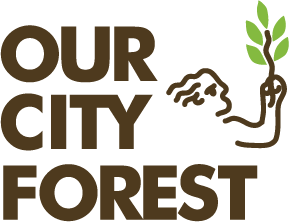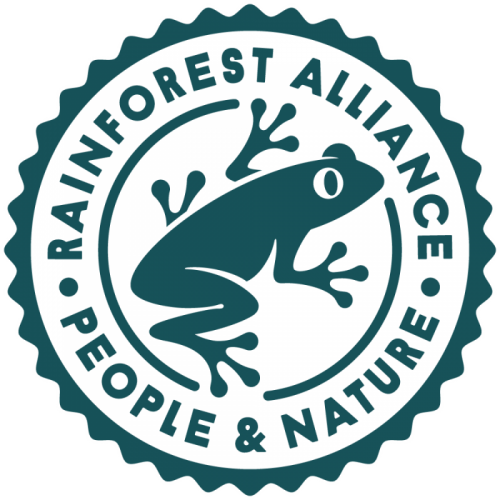While grass lawns are said to have been introduced in America around 1870, it was in the 1950s that they truly became popularized. Three main factors are attributed to the cause of this: 1. The creation of Levittown saw thousands of lawns that must be neatly manicured come to rise; 2. The need for cheap housing to be built fast for returning GIs coupled with the societal mindset that a simple uniform lawn was ideal for those who had been trained in the ways of order and obedience; 3. The creation of technological and scientific advancements, such as rotary lawnmowers and fertilizer. But is this actually what’s best?
We now recognize there are many disadvantages of a traditional grass lawn when compared to planting a sustainable garden landscape. One drawback is that grass lawns are a monoculture - meaning a sole species across a given area - whereas sustainable lawns facilitate biodiversity by introducing multiple species into that same given area. Second, due to the fact that grass is wind pollinated, it does not serve local pollinators. Conversely, a converted lawn does because it provides a variety of showy flowers for insects such as bees and butterflies.
Other advantages of converting your lawn include: encouraging groundwater recharge, increasing property value, and improved visual aesthetics. After plants’ two year establishment period, a drought-tolerant lawn saves 31 gallons of water per sq. ft each month VS its traditional grass counterpart. That’s 186,000 gallons saved over one year for a 500 sq. ft lawn! Furthermore, a study done by the City of Santa Monica’s Office of Sustainability and the Environment found that a sustainable lawn used - on average - 83% less water, created 56% less green waste (ie. weeds), and needed 68% less maintenance than a grass lawn.
The benefits really speak for themselves, which is why it's part of our mission here at Our City Forest to bring these alternative lawns to the community. The Lawn Busters team utilizes a five step process called ‘sheet mulching’ to fully convert landscapes in just two days! It is a low-cost method that uses recycled cardboard as a weed suppressant. Drought tolerant and California native plants are planted in these lawns. To read more details and see if you qualify for their program, click on ‘Lawn Busters’ under the ‘Other Programs’ tab on our website. If you do not qualify, the team will be hosting DIY classes at the demo garden located in our parcel at Martial Cottle Park. Check our calendar here to find out when they will be offered!
Check out some photos of projects we have done below!
A lawn after 6 months of growth!
A lawn after 1 year of growth!
Sources
City of Santa Monica. (2013, March). Sustainable Landscape The Numbers Speak for
Themselves.
https://www.smgov.net/uploadedFiles/Departments/OSE/Categories/Landscape/garden-garden-2013.pdf
Lawn Busters. (2015). Our City Forest. http://www.ourcityforest.org/lawnbusters
The History of Lawns. (2018, May 6). Planet Natural.
https://www.planetnatural.com/organic-lawn-care-101/history/










